Contents
The rotary compression cycle is an engine that uses a rotating disc to compress air. The air is then heated and expelled from the engine to create thrust. This engine type is used in some aircraft, such as the Harrier Jump Jet.
Components of The rotary compression cycle
Components of The rotary compression cycle
Rotating disc:
The rotating disc is the central part of the engine, and the electric motor power it. It compresses air through centrifugal force as it rotates.
Turbine:
The turbine powers the electric motor that spins the disc.
Compressor:
The compressor uses centrifugal force to compress air into a tight space before entering the combustion chamber.
Combustion Chamber:
The combustion chamber mixes compressed air with fuel, which causes combustion through heat and pressure, creating large amounts of thrust.
Exhaust Nozzle:
The exhaust nozzle expels hot gases from the combustor to create thrust for take-off and flight speed increases.
Air Intake Ducts:
The air intake ducts bring in air from the outside to the compressor.
Electric Motor:
The electric motor powers the rotating disc and the turbine. It is powered by the aircraft’s battery or an external generator.
Housing:
The housing holds all of the engine components and provides a place to be attached to the aircraft.
Fan Blades:
The fan blades help draw in air for the compressor, and they also create a lot of noise when the engine is running.
Bearing:
The bearing supports the rotating disc and helps it to spin smoothly. Durable materials are used to ensure long-term performance.
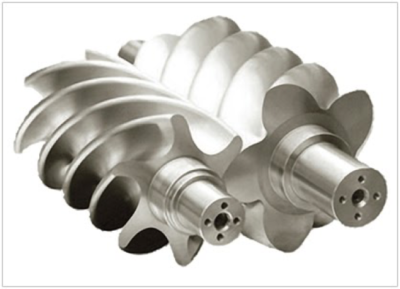
Working of rotary compression Cycle
Working of rotary compression Cycle
- The rotary compression cycle engine is a relatively simple design that is easy to manufacture.
- The disc can be rotated at high speeds, which creates a lot of thrusts.
- The engine is very efficient and can convert most energy into thrust.
- The nozzles on the side of the disc create a lot of air pressure, which helps to generate more thrust.
- The engine is relatively quiet and does not produce a lot of noise.
- The engine is stable and reliable and has a long life span.
- It is easy to maintain and repair and readily available parts.
- Engine improvements and growth are both possible.
The rotary Compression cycle limitations
The rotary Compression cycle limitations
- Starting up the engine takes a couple seconds and it reaches full speed more slowly than usual.
- The engine is not very powerful and cannot generate a lot of thrusts.
- The engine is not very fuel-efficient and consumes a lot of fuel.
- The engine produces a lot of heat, which can be dangerous for the aircraft.
- The disc can be damaged if it hits something solid, such as a rock or a tree.
- The engine is expensive to purchase and maintain.
- There have been some problems with the engine’s reliability, and it has occasionally failed in flight.
How to maintain Rotary Compression Cycle
How to maintain Rotary Compression Cycle
- Rotate the engine for a few seconds before takeoff to warm up the turbine.
- Monitor the engine and check it regularly, especially after long flights or in high-temperature conditions.
- Retract landing gear and shut down the engine if you suspect overheating in flight, and allow it to cool down before restarting.
- Always watch nearby objects when taking off or landing so that you don’t accidentally hit anything with the disc.
- Never touch any part of the engine while in operation except for the start/stop switch, throttle control, and joystick (if applicable).
- Keep a safe distance from the aircraft when landing or taking off.
- Contact a technician if you have any problems with the engine.
Safety measures
Safety measures
- Always listen to the safety announcement before starting the rotary compression cycle engine.
- Keep a safe distance from the aircraft when landing or taking off.
- Check the engine regularly for overheating and other problems.
- Rotate the engine for a few seconds before takeoff to warm up the turbine.
- Shut down the engine if you suspect overheating in flight, and allow it to cool down before restarting.
Things to consider before buying
Things to consider before buying
Noise level:
Fan blades create a lot of noise when the engine is running, so be prepared for many sounds if you’re near the aircraft.
Weight:
Rotary compression cycle engines are heavier than other types of machines, so keep that in mind when making your purchase.
Availability:
These engines are not as standard as others, so you may have to search harder to find one that meets your needs.
Maintenance:
Rotary compression cycle engines require more maintenance than other engines, so be prepared to spend extra time and money on upkeep.
Durability:
These engines are built to last, but they are still susceptible to overheating in some conditions.
Installation:
Rotary compression cycle engines require more time and expertise to install than other aircraft engines.
Rotary compression cycle engines are not as standard as other engines, but they offer reliable, efficient power for aircraft. They require more upkeep and time than some other engines, but they can be expected to last longer and perform better with proper care and attention.

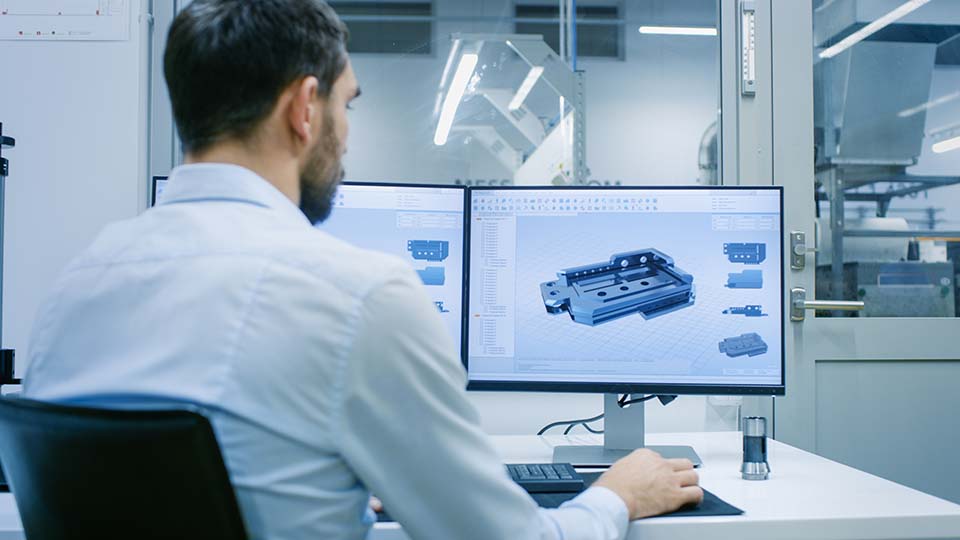
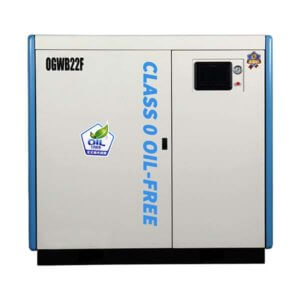
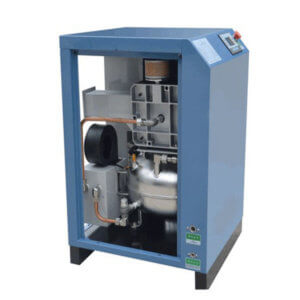
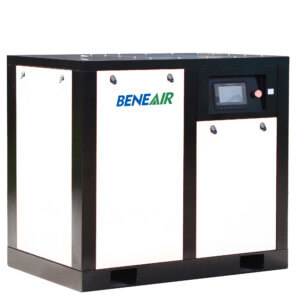
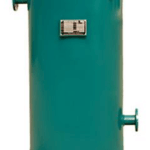
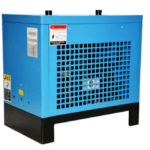
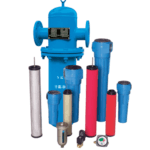
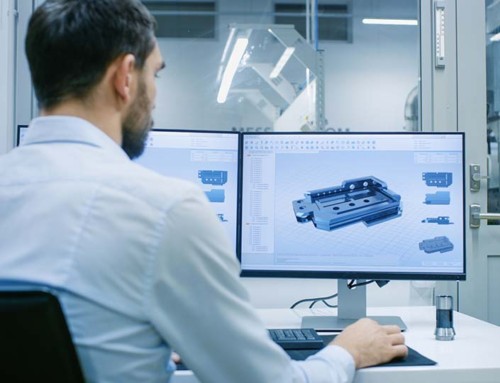


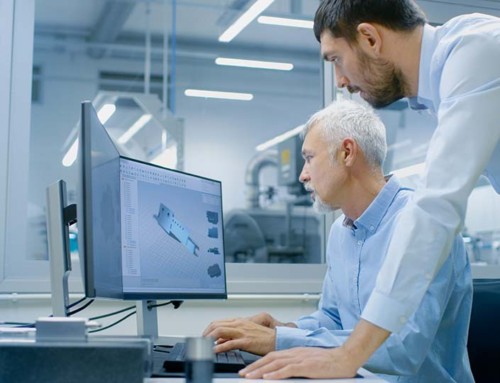
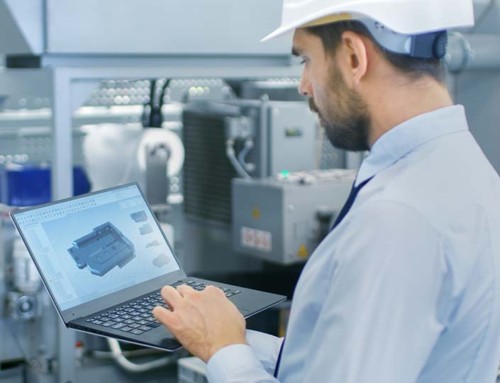
Leave A Comment